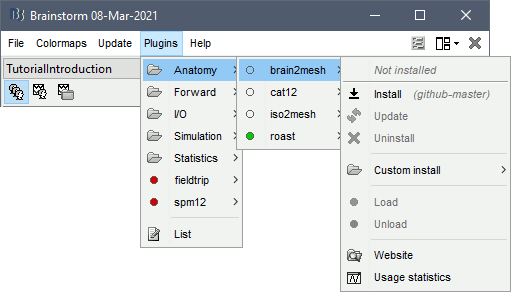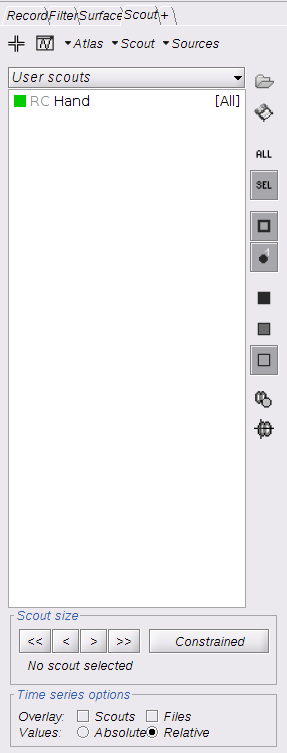Current features include:
- classical within-subject analysis comprising motion correction, MBLL, and window-averaging.
- statistical analysis using GLM
- optimal montages that optimize the sensitivity to a given cortical region of interest
- source reconstruction (cMEM, MNE)
- precomputed fluence template based on Colin27
- Edouard Delaire, PERFORM Centre and Physics dpt., Concordia University, Montreal, Canada
- Thomas Vincent, EPIC Center, Montreal Heart Institute, Montreal, Canada
- Zhengchen Cai, PERFORM Centre, and Physics dpt., Concordia University, Montreal, Canada
- Robert Stojan, Sportpsychology, Chemnitz University of Technology, Germany
- Alexis Machado, Multimodal Functional Imaging Lab., Biomedical Engineering Dpt, McGill University, Montreal, Canada
- Amanda Spilkin, PERFORM Centre and Physics dpt., Concordia University, Montreal, Canada
- Jean-Marc Lina, Electrical Engineering Dpt, Ecole de Technologie Supérieure, Montréal, Canada
- Christophe Grova, PERFORM Centre and physics dpt., Concordia University, Montreal, Canada
- Louis Bherer, EPIC Center, Montreal Heart Institute, Montreal, Canada
The primary documentation is available on the nirstorm GitHub project wiki.
Nirstorm is available in two forms: an open-source Matlab plugin for Brainstorm (Matlab license required) and is included in the Brainstorm standalone version (Java executable)
Matlab version can be installed using the Brainstorm plugin system :
This required the Brainstorm version 3.210414 (14 April 2021) or higher. To use nirstorm with a previous version of Brainstorm, refer to this tutorial https://github.com/Nirstorm/nirstorm/wiki/Installation (Note: We recommend you to always use the latest version of Brainstorm)
A standalone version is directly included in Brainstorm standalone version. Follow Brainstorm tutorials for more information: https://neuroimage.usc.edu/brainstorm/Installation
































